Not every garden is blessed with rich, loamy soil but that doesn’t mean you can’t grow a thriving, beautiful landscape. Many hardy plants are naturally adapted to tough conditions, whether it’s rocky, sandy, or nutrient-poor soil. These resilient species require little pampering and often reward gardeners with colorful blooms, lush foliage, and year-round interest, even when the soil isn’t ideal. If you’re dealing with difficult ground and want plants that won’t let you down, these 10 tough garden champions are perfect for you.
1. Yarrow (Achillea millefolium)
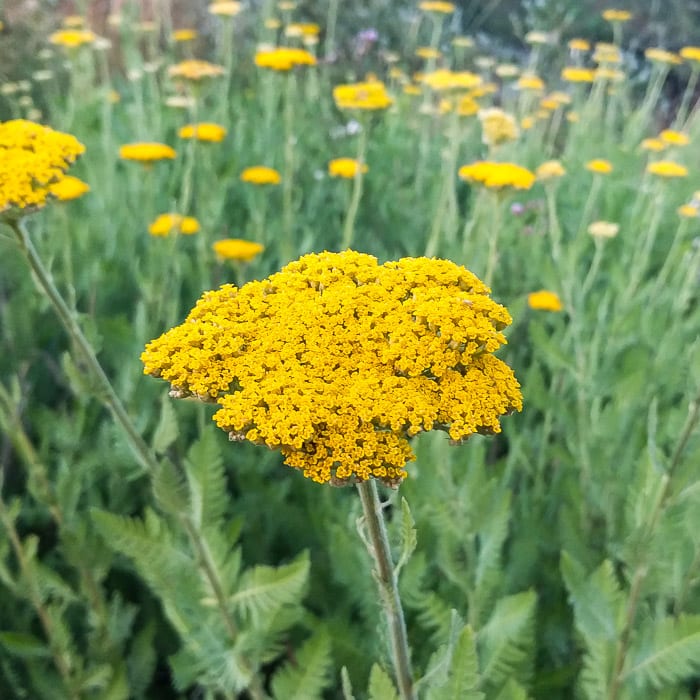
Yarrow is a drought-tolerant, hardy perennial that thrives in poor, dry soil where other plants struggle. Known for its feathery foliage and flat-topped clusters of tiny flowers in shades of yellow, pink, red, and white, Yarrow blooms throughout the summer, attracting butterflies and pollinators. It prefers full sun and requires minimal watering once established. Aside from its ornamental beauty, Yarrow is a tough survivor that can handle sandy, rocky, or compacted soils without issue.
2. Russian Sage (Perovskia atriplicifolia)

If you’re looking for a plant with striking color and exceptional resilience, Russian Sage is a perfect pick. This perennial thrives in poor, dry, and even alkaline soils. It produces clouds of lavender-blue flowers on silvery, aromatic stems from midsummer to fall. Russian Sage is drought-tolerant, loves full sun, and requires very little maintenance once established. Its airy blooms add softness and height to flower beds and are a favorite among bees and butterflies.
3. Sedum (Stonecrop)
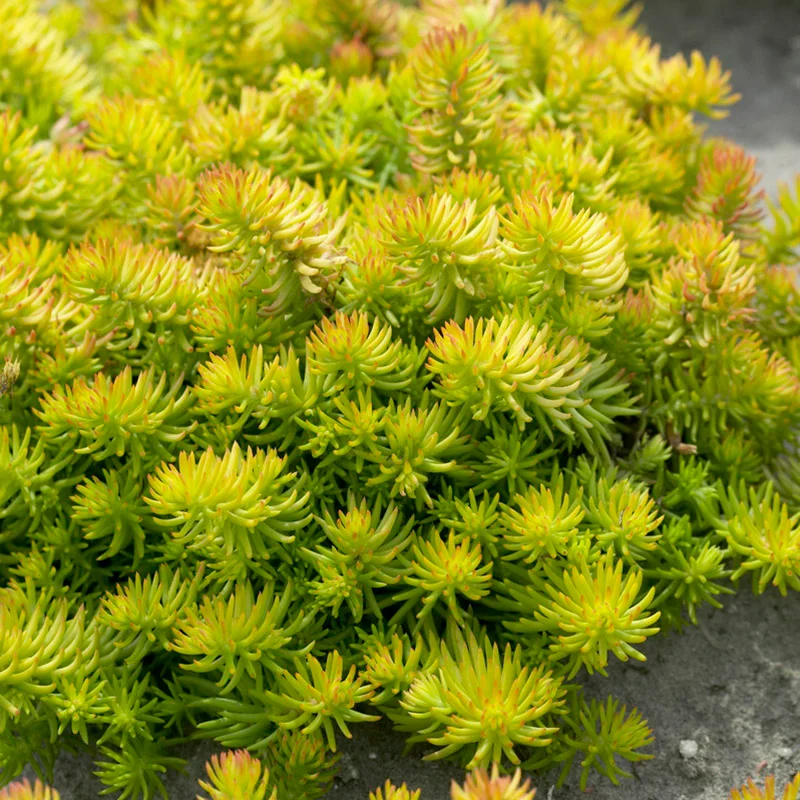
Sedum, commonly known as Stonecrop, is one of the easiest, most forgiving plants you can grow in poor soil. With its fleshy, succulent leaves and star-shaped flowers in pink, white, or yellow, Sedum is perfect for rock gardens, borders, or neglected patches of ground. It thrives in sandy, gritty, or shallow soil and tolerates drought with ease. Sedum spreads slowly, forming attractive, low-maintenance mats or mounds that look good all year long, even in dry, sun-baked spots.
4. Black-Eyed Susan (Rudbeckia hirta)
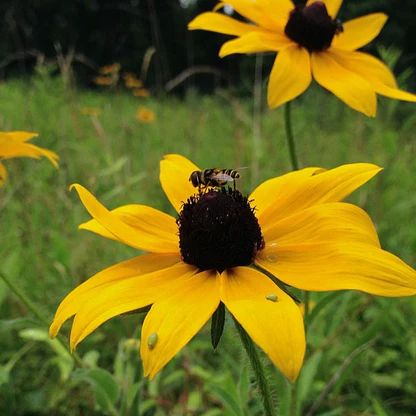
Black-Eyed Susans are cheerful, sun-loving perennials that are remarkably tolerant of poor soil conditions. Their bright, daisy-like yellow flowers with dark brown centers bloom from mid-summer into fall. These hardy natives of North America are drought-resistant and can thrive in sandy, clay, or rocky soil. They require little care once established and attract bees, butterflies, and other pollinators to your garden, making them both practical and beautiful additions to tough garden spaces.
5. Lavender (Lavandula spp.)

Not only is Lavender known for its soothing fragrance and charming purple flower spikes, but it’s also a champion in poor, dry soils. Lavender thrives in rocky, sandy, or nutrient-deficient areas with good drainage. This Mediterranean native loves full sun and detests overly wet conditions, making it perfect for drought-prone spots. Once established, it requires minimal water and care. Plus, it attracts pollinators and can be harvested for use in cooking, crafts, and aromatherapy.
6. Blanket Flower (Gaillardia)
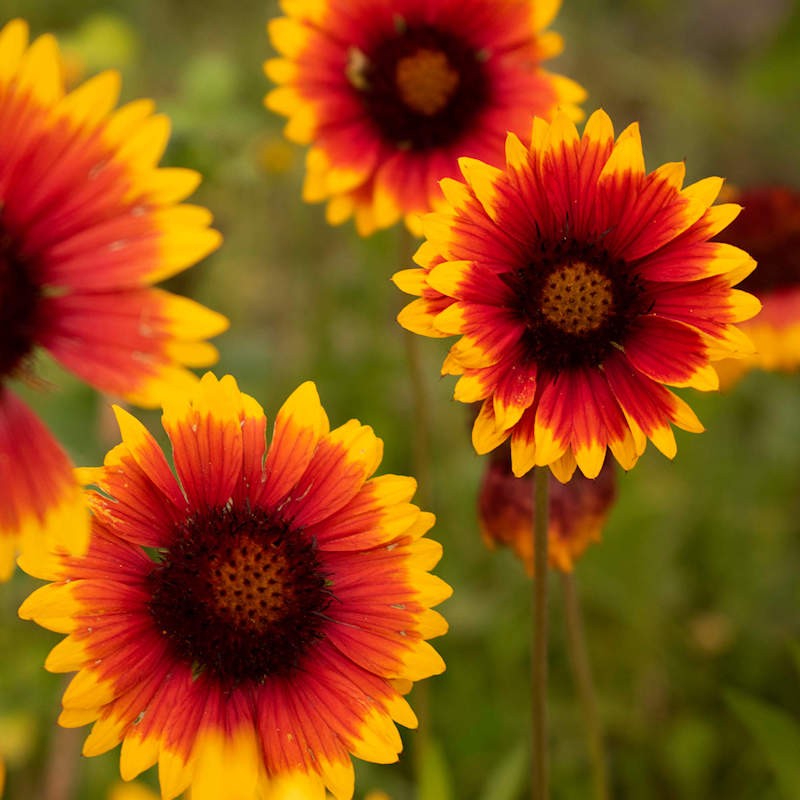
Bright and bold, Blanket Flower is a heat-loving perennial that thrives in poor, sandy, or rocky soil. Its daisy-like blooms come in fiery shades of red, orange, and yellow, lighting up flower beds from summer through fall. Blanket Flowers are drought-tolerant, deer-resistant, and perfect for tough conditions where other flowers fail. These low-maintenance beauties are easy to grow from seed and make excellent additions to wildflower meadows, xeriscapes, or low-water gardens.
7. Coneflower (Echinacea)
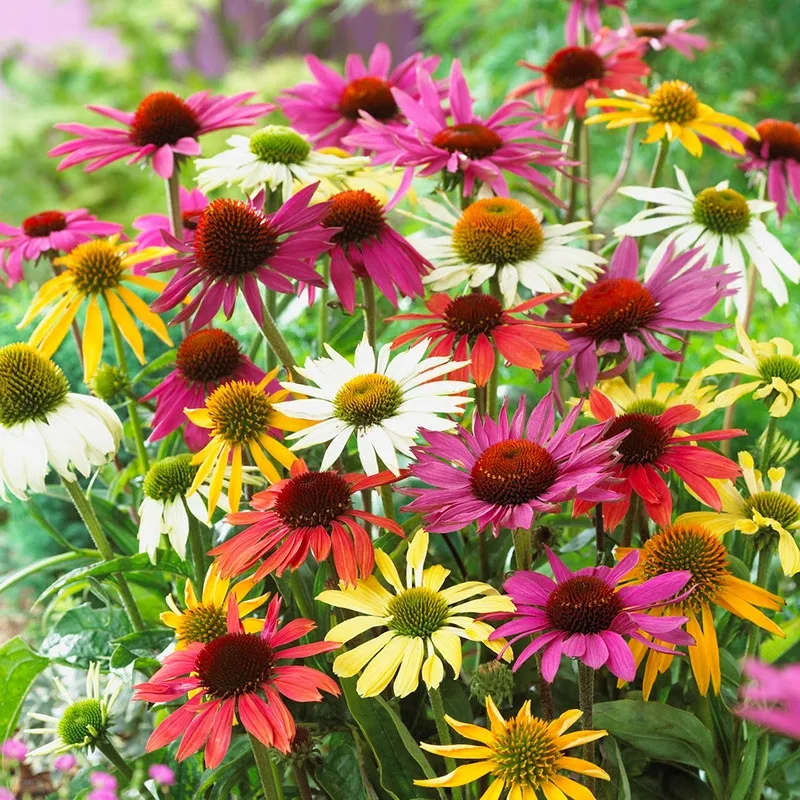
A favorite among pollinators and gardeners alike, Coneflower is a tough perennial that tolerates poor, dry, and clay-heavy soils. Known for its distinctive, spiky central cone and colorful petals in purple, pink, orange, and white, Echinacea blooms throughout the summer and into early fall. It requires full sun and minimal watering once established. Besides being beautiful, Coneflower is also prized for its medicinal properties and ability to attract butterflies and birds to the garden.
8. Lamb’s Ear (Stachys byzantina)
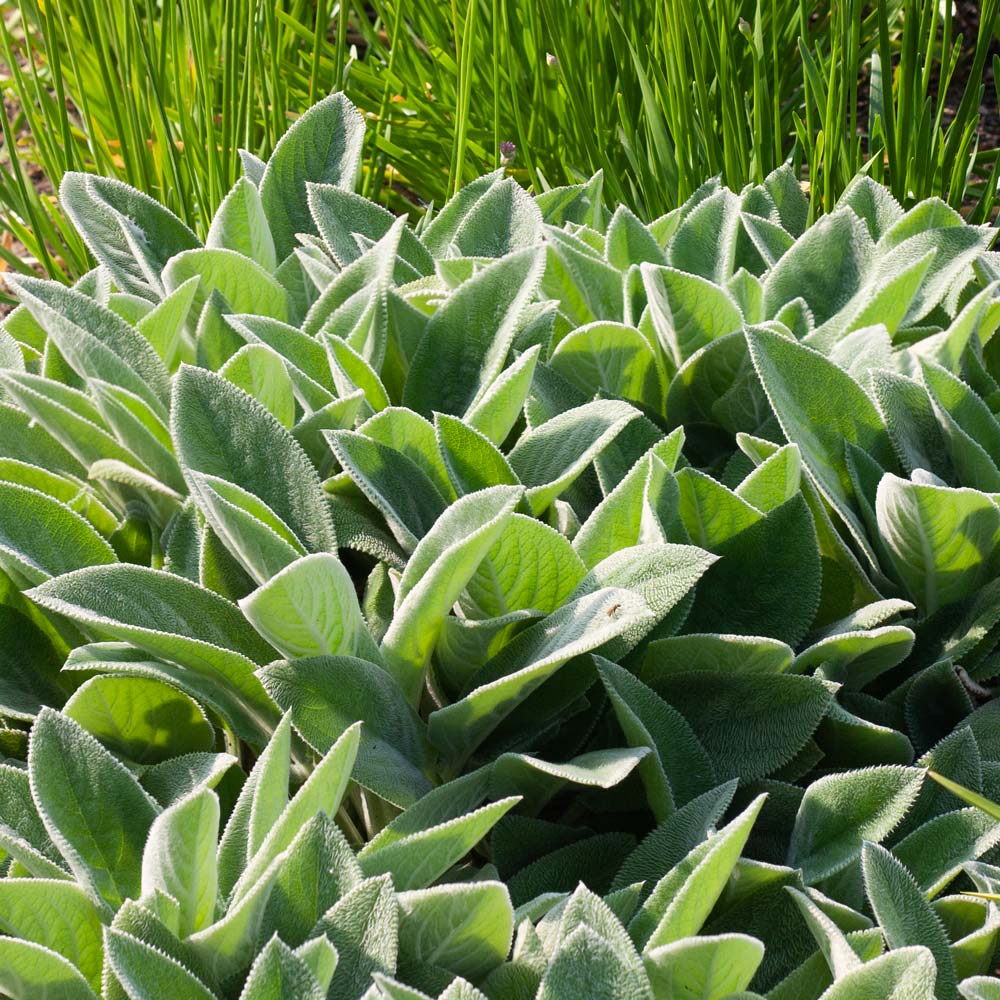
Recognized for its soft, silvery, velvety foliage, Lamb’s Ear is a ground-covering perennial that thrives in dry, nutrient-poor soils. Its dense, mat-forming habit makes it ideal for covering difficult patches of ground and suppressing weeds. Lamb’s Ear prefers full sun but tolerates light shade and rarely requires fertilization or extra water once established. In summer, it produces tall spikes of tiny purple flowers that add interest while attracting bees and butterflies.
9. California Poppy (Eschscholzia californica)
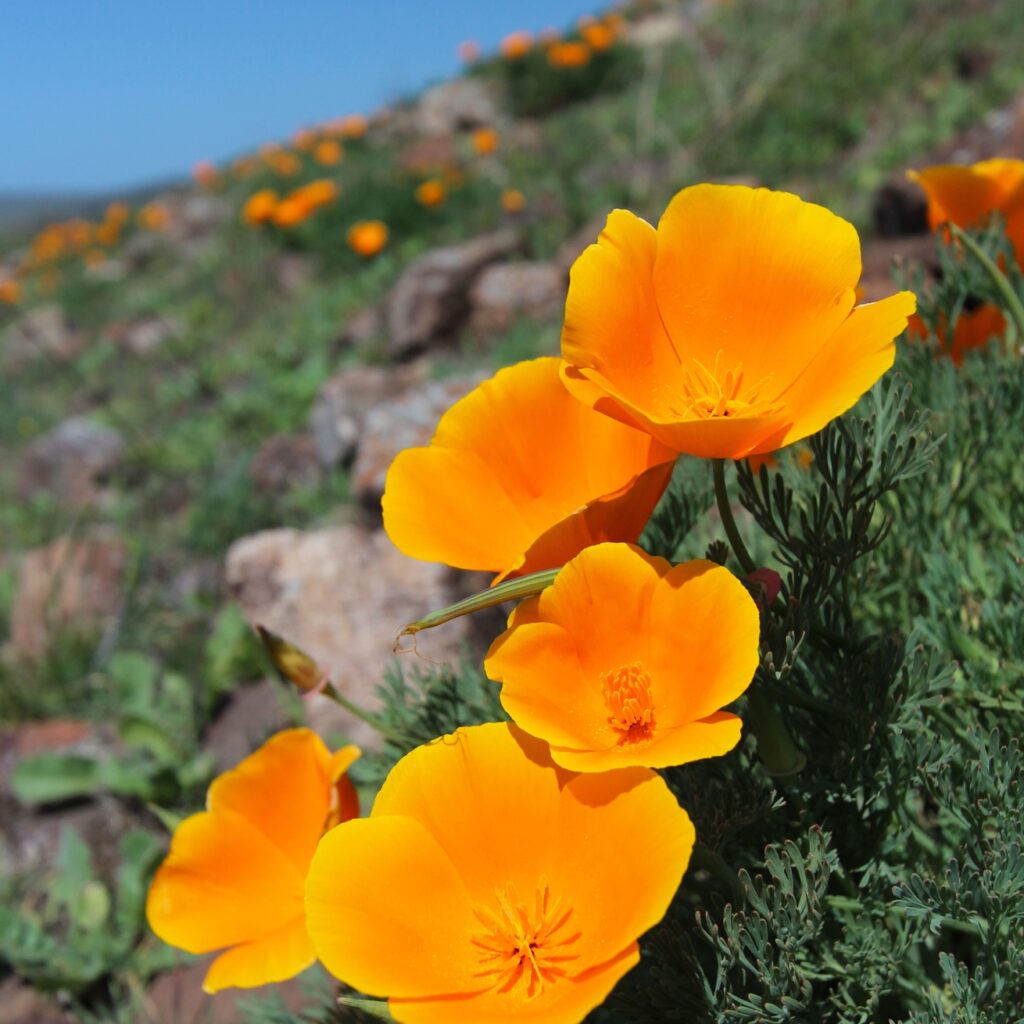
Native to dry, open landscapes, the California Poppy is a drought-tolerant annual or short-lived perennial that flourishes in poor, sandy, or rocky soils. Its bright orange, yellow, or pink blooms open in the sun and close at night, adding a cheerful pop of color from spring to fall. This low-maintenance wildflower thrives on neglect, requires little water, and reseeds itself generously, making it an ideal choice for dry, tough garden spaces.
10. Blue Fescue (Festuca glauca)
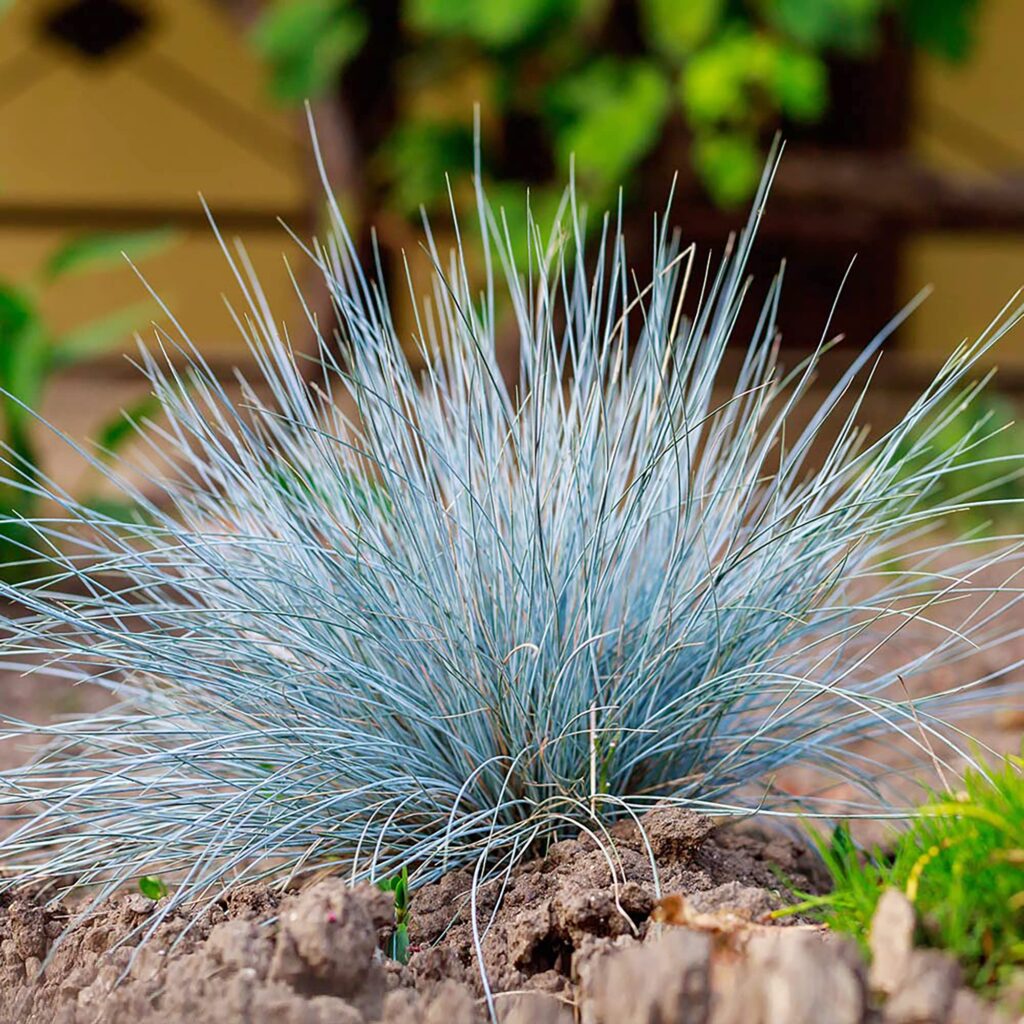
Blue Fescue is an ornamental grass with fine, blue-gray foliage that forms neat, compact mounds. It thrives in poor, sandy, or rocky soils and tolerates drought and heat once established. Blue Fescue is perfect for adding texture, color, and structure to borders, rock gardens, and slopes. In summer, it produces delicate, airy flower plumes that sway gracefully in the breeze. This low-maintenance grass requires very little care and retains its attractive color year-round.

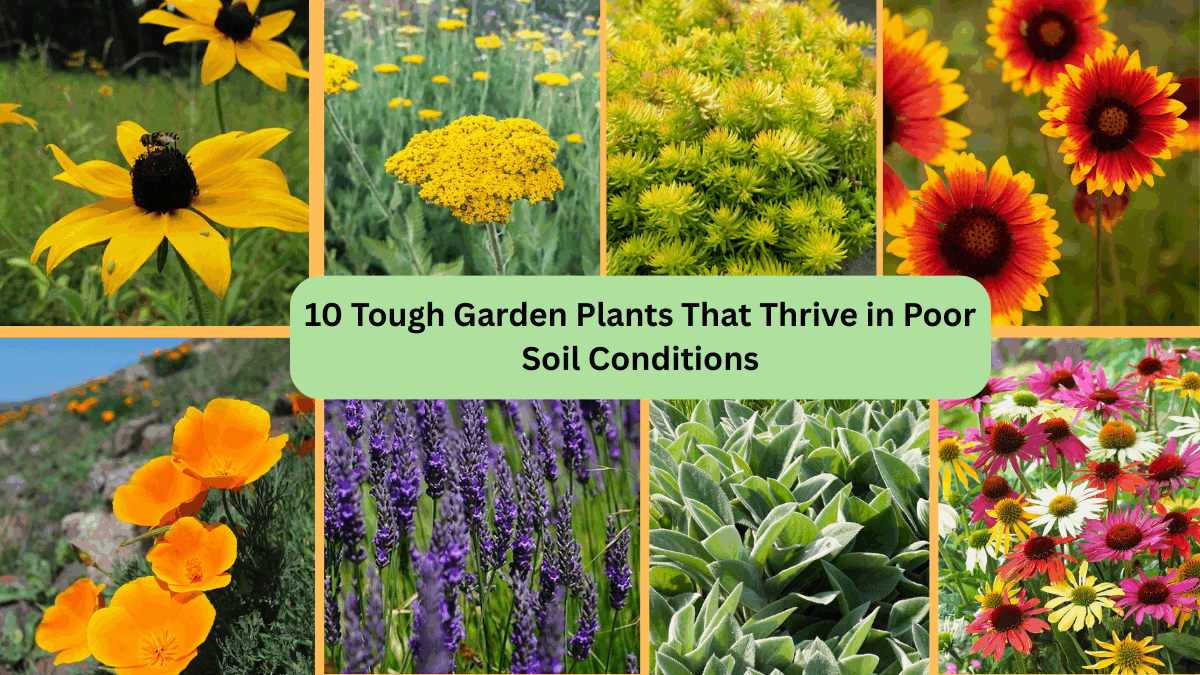

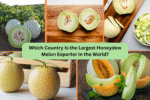


Leave A Comment